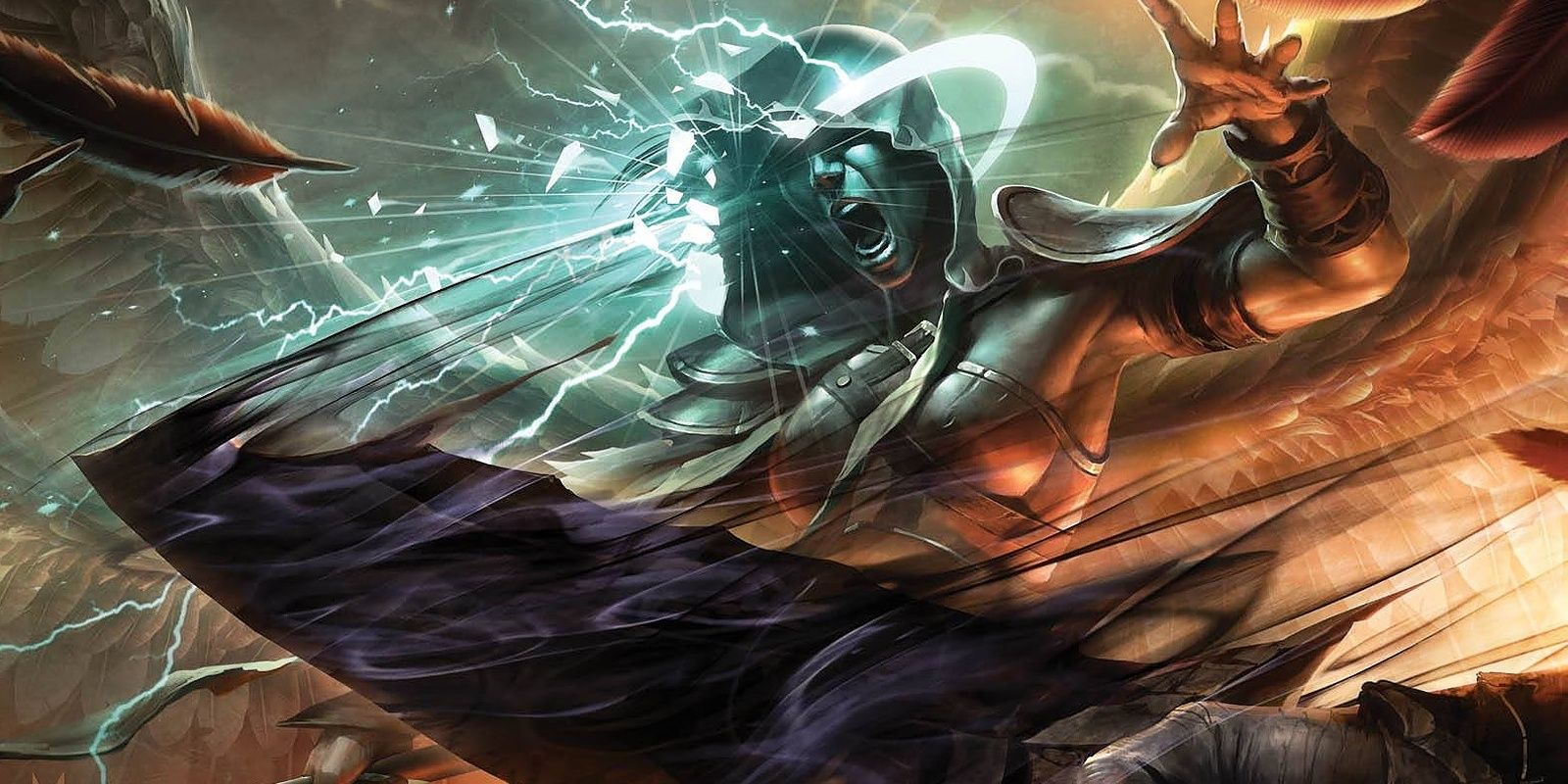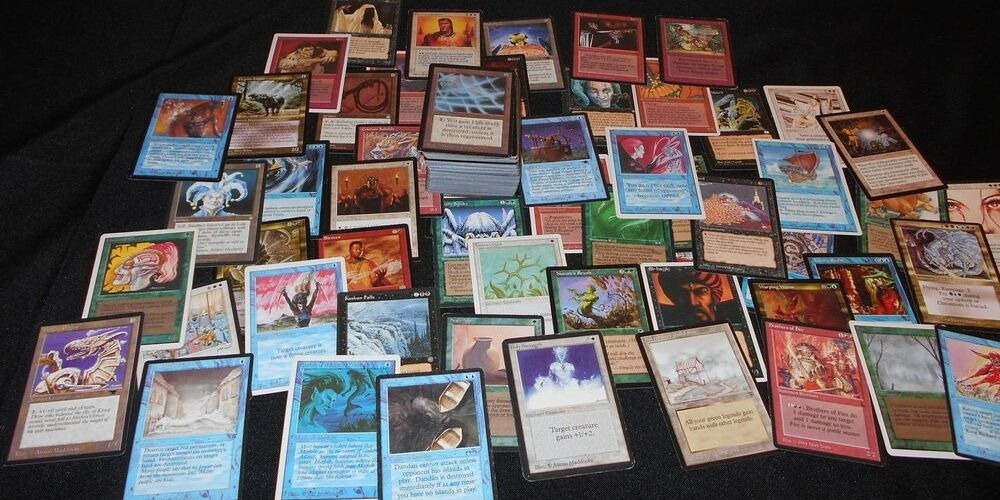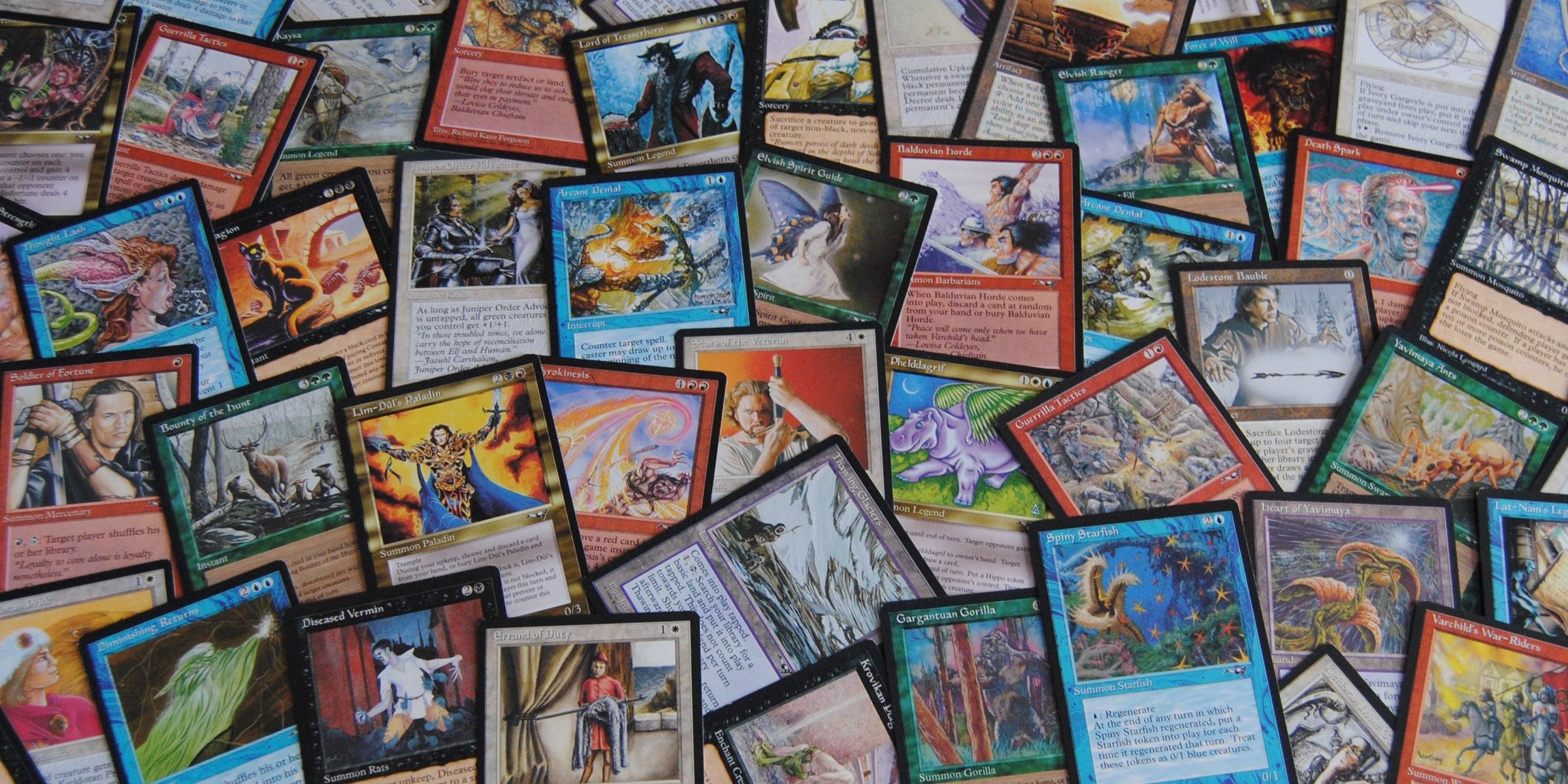Magic: The Gathering was born in August 1993, and in that time, it has ironed out its early kinks. Now, it is a robust game with a fairly low barrier to entry, and Wizards of the Coast is always printing beginner-friendly products and tutorials. However, new players might get into the game with a few false ideas.
This game is made up of more than a few moving parts, most of them concerning gameplay and some of them concerning meta aspects of the game, such as card value, how to negotiate trades, how to arrange the collection and even what peripheral products to buy. New players are encouraged to learn more and clear up their misconceptions about the game right away.
Does it Die to Doom Blade?
This is practically a running gag in the Magic community, imagining new players arguing "why bother playing a big creature if it just dies to Doom Blade?" According to this argument, the creature would be wasted for just 1B mana. Doom Blade is an old, classic removal spell that destroys any nonblack creature at instant speed, even taking down giant green creatures or mighty dragons for cheap. Some novice players might get the impression that strong creatures must be totally safe from Doom Blade and its ilk to be worth playing; they want a zero-risk creature card.
However, while there are some creatures that dodge removal (such as hexproof, protection and indestructible), this vulnerability is an important part of the game. If all good creatures (and even the decent ones) were 100 percent safe from removal effects, that would disrupt the game's balance. Novice players will soon learn that the five colors are roughly equal in strength, but in different ways.
If all worthwhile creatures were safe from removal, then all five colors would have to heavily use those creatures, and all five colors would end up playing the same way. Wizards is careful to make sure the colors don't become redundant or blend together; the color pie is the core of the game, and nothing can threaten it.
It's true that typical control decks, such as the Modern Esper Control deck, pack a lot of removal. But if they ran big creatures instead, many games would end up as mirror matches -- and that would get boring fast. The game is fun because radically different decks contrast with each other, and the colors are in an eternal arms race. Players get Doom Blade and Force of Will on one side, and Akroma, Angel of Wrath and Vorinclex, Voice of Hunger on the other.
It may also be noted that threatening creatures are "questions," while removal spells and counterspells are "answers." Typically, aggressive decks have more questions than control decks have answers. It's not unthinkable for a creature-heavy deck to push its way through another deck's Doom Blades. If one creature dies, just cast another.
Spending Life, the Color Pie, & More
New players may enter the game with a few other misconceptions. Newcomers may put too much value on their life points, treating each players' life total like they are a scoring system. However, life points can (and often should) be spent instead, such as black mana's habit of paying life to draw extra cards. Having more cards is what allows a player to win, not by having more life; winning at one life is the same as winning at 20 life. A player can also allow attackers to hit them so they don't lose their valuable creatures by blocking. Sometimes, building up the board is more important.
New players might also put all their eggs in one basket, dedicating every card to one plan, such as milling the opponent or a certain combo. But even before using the sideboard, a deck should have a plan B built into it. That way, the player can take another route to victory if their main strategy is nullified or proceeding too slowly. For example, a creature-based deck may deal some damage through combat, then switch to a burn-spell plan to wrap up the game, and a combo deck may include a few beater creatures in case it needs to attack the opponent.
New players may notice that each color lacks certain effects. For instance, red cards don't destroy enchantments, green cards can't counter spells and white mana isn't paying life for cards. This is vital; the color pie must remain distinct, and the five colors are meant to complement each other and collectively represent the entire game. If the colors start sharing too many effects, then each color can act like two or three colors at once, rendering many cards or effects moot.
Imagine if a mono-red deck could burn, attack, destroy artifacts and destroy enchantments. What purpose do green enchantment removal cards serve, then? Making a multicolored deck is the proper way to include diverse effects in a deck; a single color should not be multicolor all by itself. Wizards actually has printed a few cards with off-color effects, and even though these cards were underpowered, players rigorously used them for a time. If the cards were stronger, that problem would be magnified a great deal. There must never be a green Lightning Bolt.



